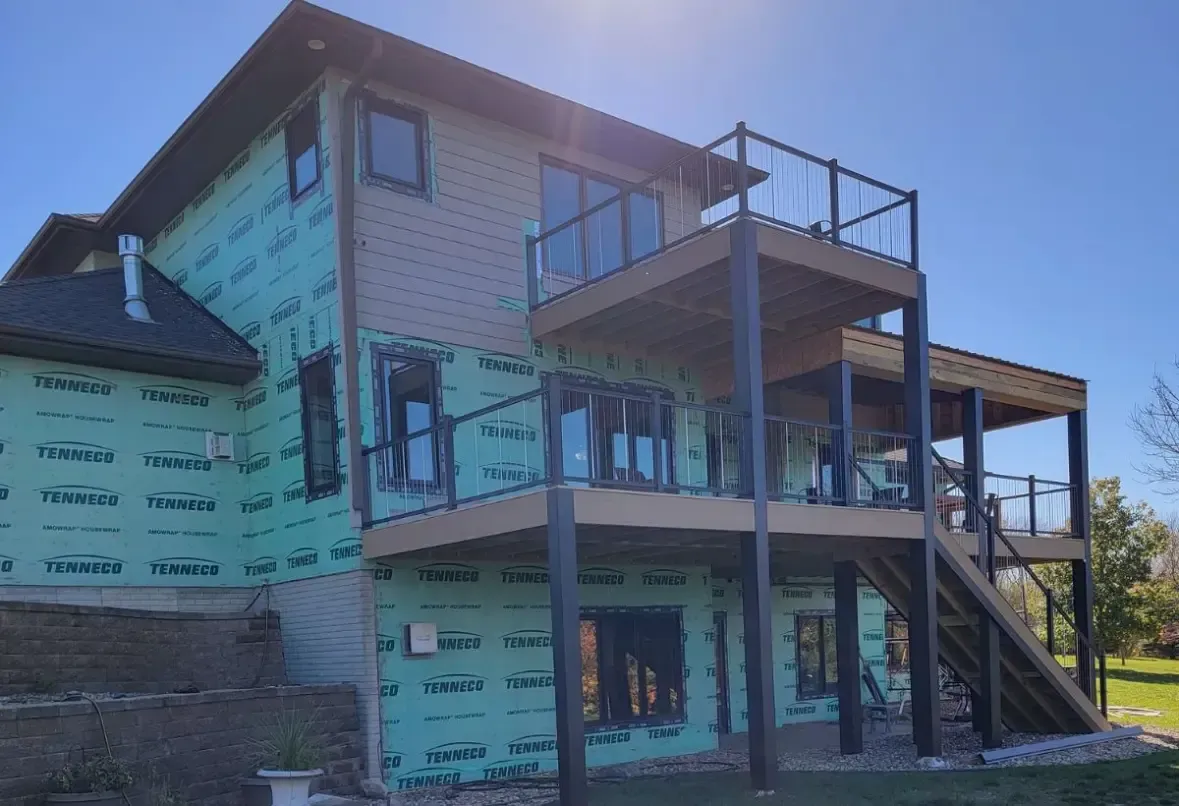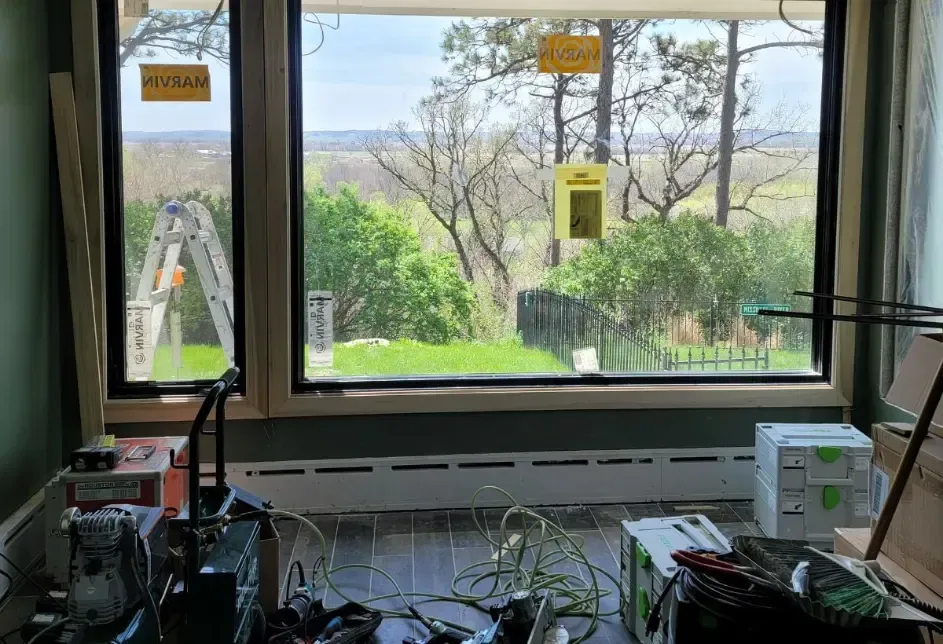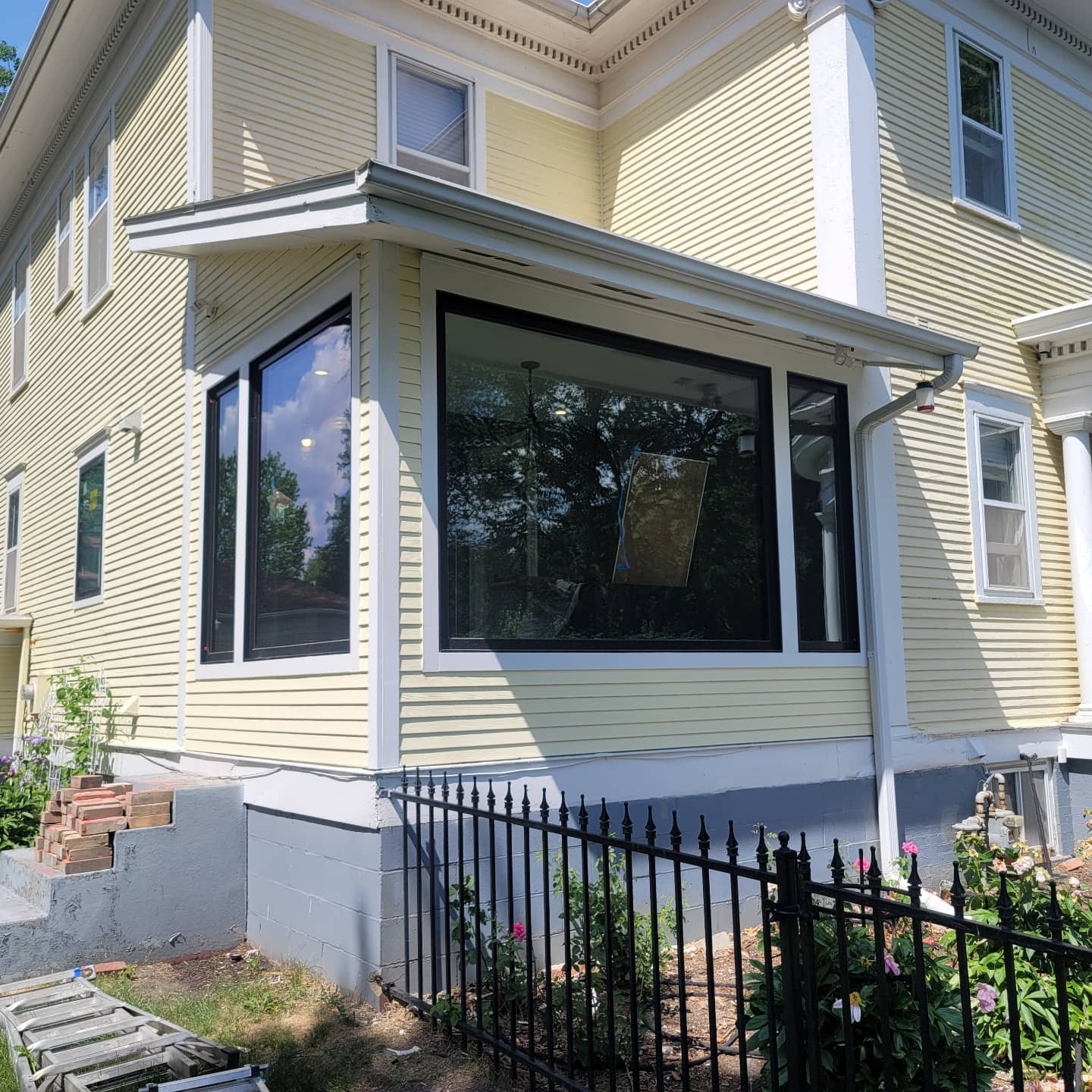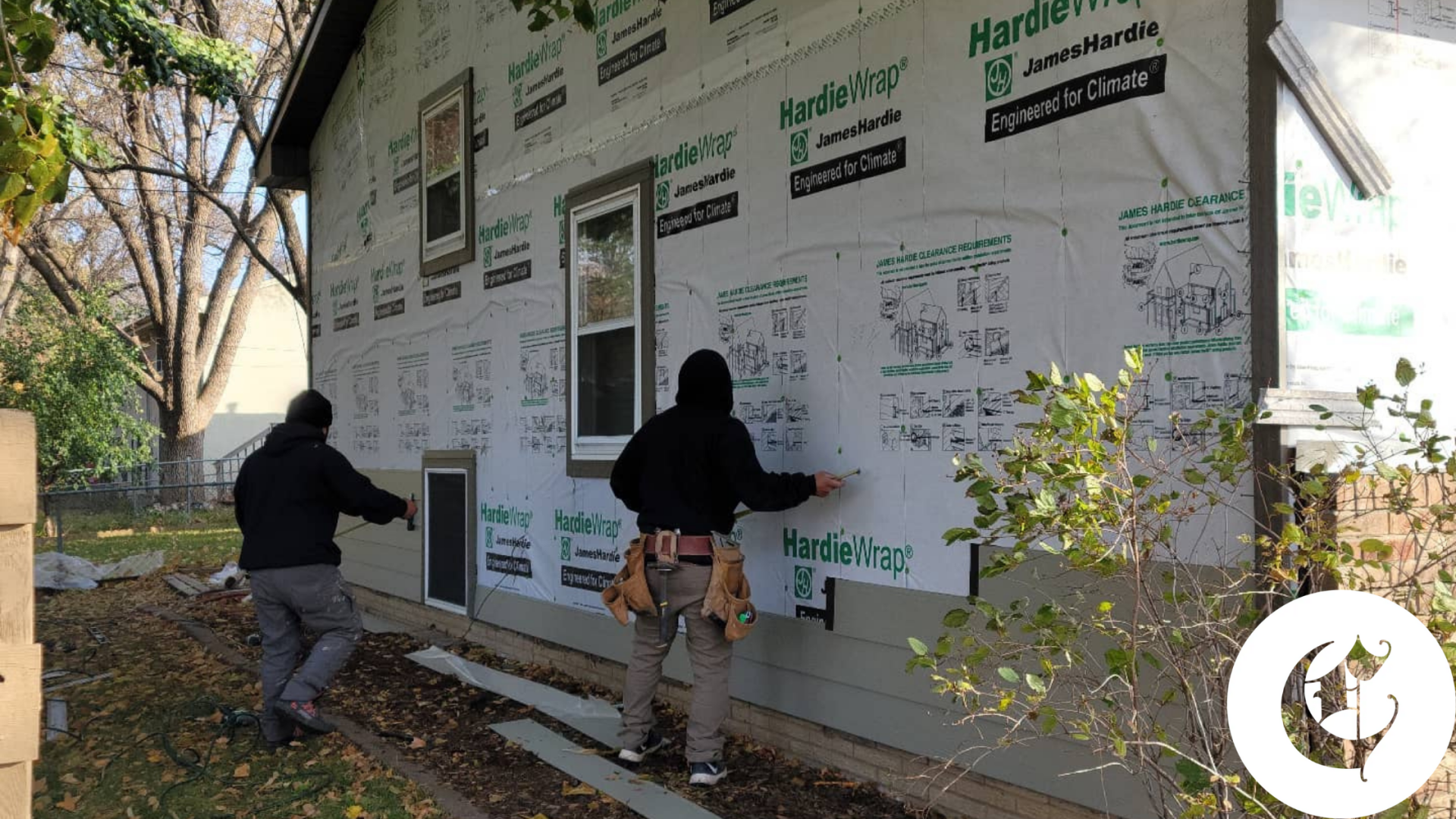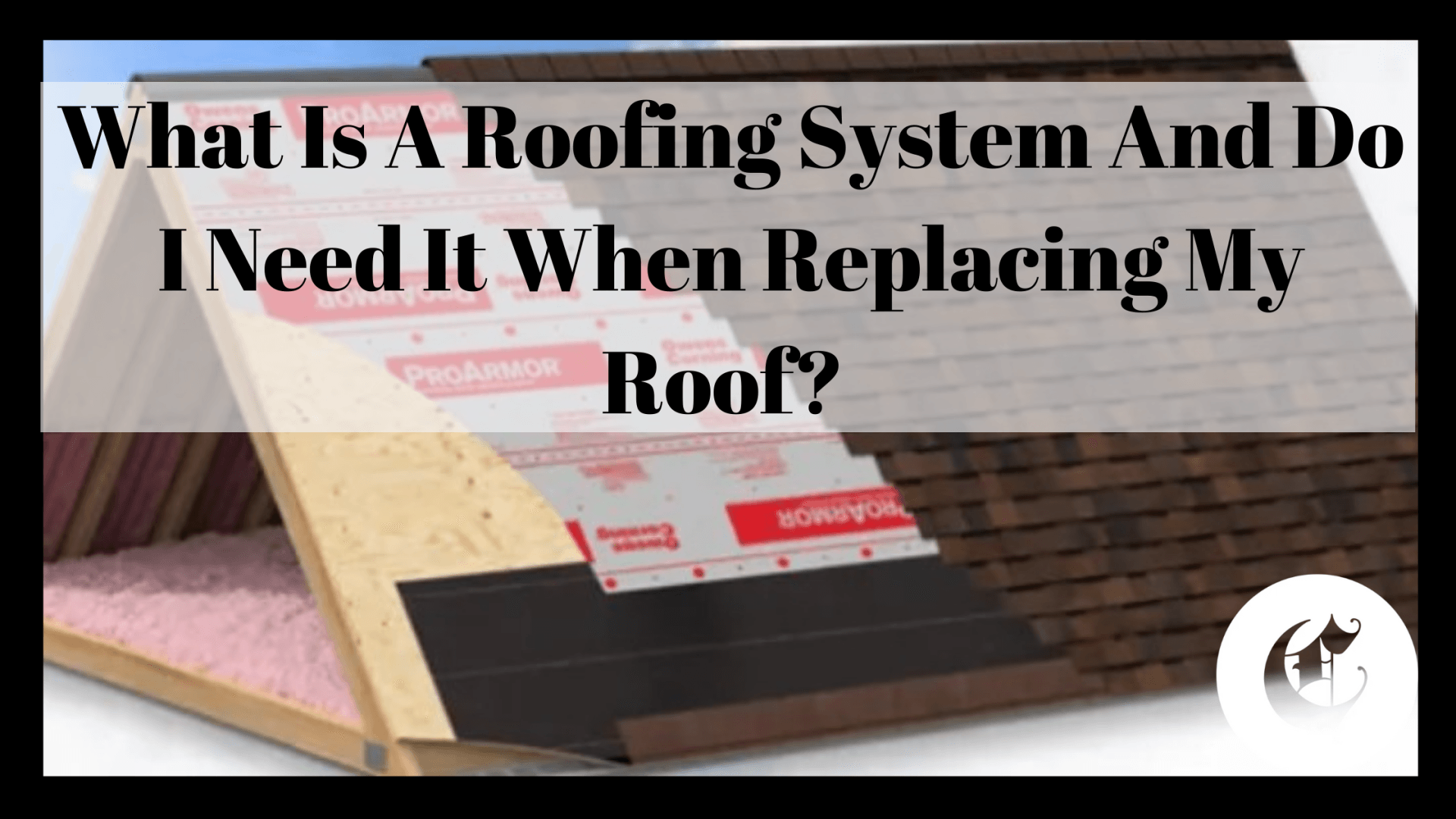House Wrap Comparison Guide For 2022
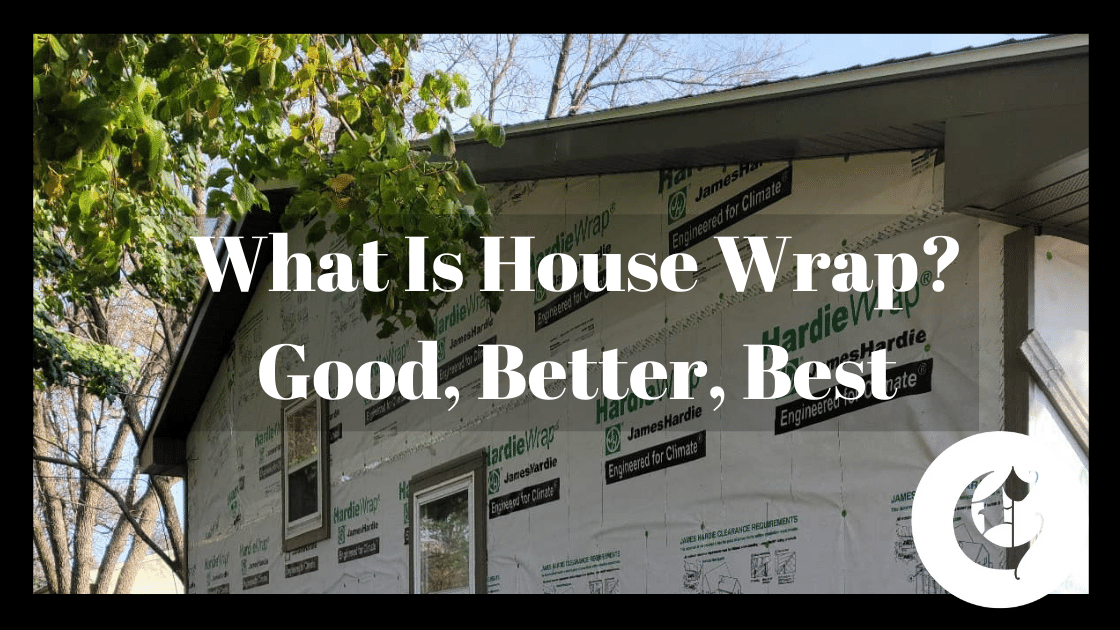
Many of our Sioux Falls area customers ask about the purpose of house wrap, whether they need it, and which weather barrier is best to install behind their new siding.
To help you navigate the nuances of house wrap, we break down what house wrap is, why you need it, the pros and cons of different types of house wrap material, and the top three brands in this comparison guide.
What Is House Wrap?
House wrap is a weather and moisture resistant barrier that protects the exterior structure of your home from wind, rain, heat, and cold. When water gets behind your siding, your house wrap keeps it from penetrating your exterior walls, causing moisture damage, mold, and threatening the structural integrity of your home. Some materials also act as a vapor barrier allowing hot air and cold air to circulate, increasing your home’s energy efficiency.
House wrap is an essential
final line of defense for your home and should be applied behind whatever siding material you choose:
vinyl, wood, brick veneer, metal, or fiber cement. With so many house wraps on the market, it’s vital to understand their differences, so you use the right one for your siding and home.
The Definitive House Wrap Comparison Guide For 2022
The most crucial elements to compare to ensure you get the best performance and protection from your house wrap are durability, water and air resistance, vapor permeability, and drainage. So let’s define them here.
Comparing Durability
Durable house wrap can:
- withstand the handling and installation process without becoming damaged
- Maintain its integrity when exposed to the sun (has a high UV rating)
- Resist tearing even when stretched (tensile strength)
- Withstand cold temperatures without cracking (especially important with our South Dakota winters)
- Stand up to contaminants like soap and oils and prevent them from penetrating the house wrap and reducing its performance over time. (surfactant resistance)
Comparing Water Resistance
A crucial role of house wrap is keeping water out of the exterior walls, even during heavy rain or if it pools behind your siding.
Comparing Air Resistance
Three tests are conducted to test the house wrap’s ability to top airflow across the building envelope. Air pressure is applied to a wrapped structure, and the level of air that penetrates is measured.
Comparing Vapor Permeability
Vapor permeability tests measure the amount of vapor a house wrap permits over time. A high perm rating indicates that a house wrap offers exceptional humidity and moisture transfer. However, too high of a rating means moisture can penetrate from the outside into your exterior walls.
According to the Building Science Corporation, the optimal perm rating is between
10 and 20 perms.
Comparing House Wrap Drainage
Your house wrap should reduce the chance of water infiltration during heavy rain by providing an integrated gap and a drainage plane, so the water flows down and away.
The Most Common House Wrap Material Today
The most common type of house wrap material that siding contractors use today is a type of plastic called polyolefin, manufactured in two fundamentally different ways. The woven variety resembles cheesecloth or fabric with long threads running lengthwise and width-wise. Nonwoven synthetic house wrap weaves shorter fibers in a random pattern similar to what you see in OSB panels.
Woven Versus Nonwoven Synthetic House Wrap
Like a nylon stocking, woven house wrap tends to tear or rip more readily than nonwoven varieties. A small snag can quickly spread, especially in high winds, which is worth considering because your house wrap can be exposed to the elements for days or weeks while waiting for siding.
Nonwoven synthetic house wrap’s random weave makes it more resilient than a woven wrap. Any small punctures during its application don’t run and can be easily patched with flashing tape. But the more crucial difference between woven and nonwoven synthetic wrap lies in its permeability.
Woven synthetic wraps have perforations made large enough to allow air and vapor to flow through but not small enough to keep all water out. While woven wraps are suitable for dry climates, like the desert, where there is ample opportunity for the exterior walls to dry out,
they cannot keep your exterior walls dry in wet, humid climates.
In contrast,
nonwoven house wraps are engineered so that only water vapor (not bulk or liquid water) can flow through. As a result, incidental water can dry out behind your siding. And that’s what you want your house wrap to do for you.
We recommend nonwoven synthetic house wrap because it offers the best protection against water damage. It may cost
$200 or so extra but saves you much more in the long run.
Comparing Top 3 Types Of House Wrap
1. HardieWrapⓇ Weather Barrier
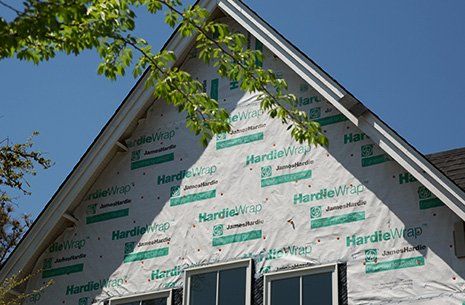
While fiber cement siding is already waterproof, James Hardie recommends applying their nonwoven synthetic house wrap beneath your siding as that final line of defense if your siding should fail, and so do we. HardieWrapⓇ is engineered for the two of the most challenging climates in the United States; one wrap is designed for cold/wet climates with a perm rating of 25, and another specially designed for hot/humid climates with 15 perm.
- HardieWrapⓇ UV rating is 180 days.
- HardieWrapⓇ is 11-mil thick (thicker than other brands) and tear-resistant.
- HardieWrapⓇ is surfactant resistant.
- HardieWrapⓇ is rain-resistant with a water hold-out rate of 325 mm.
- HardieWrapⓇ has 15 perms and 25 perms, respectively.
- HardieWrapⓇ is wind and cold-resistant for improved energy efficiency.
- HardieWrapⓇ is a semi-transparent nonwoven, non-perforated polyolefin product.
- HardieWrapⓇ has a 10-year warranty.
As the #1 fiber cement siding manufacturer in North America, their house wrap is equally exceptional. At 11 mil,
HardieWrapⓇ is thicker and stronger than other products and contains a patented MicroTech coating that provides an impressive balance between water resistance and vapor permeability. It is semi-transparent, so your siding contractor can see the boards and studs behind it for easy installation.
Although it is not as UV-resistant as other house wraps, HardieWrapⓇ is designed to go behind fiber cement siding, which provides exceptional UV protection. So the only exposure this wrap receives is before and during siding installation.
As a premium house wrap product, HardieWrap is more expensive than some other nonwoven synthetic weather barriers, but it’s a small price to pay to protect your home.
2. BarricadeⓇ Wrap Plus
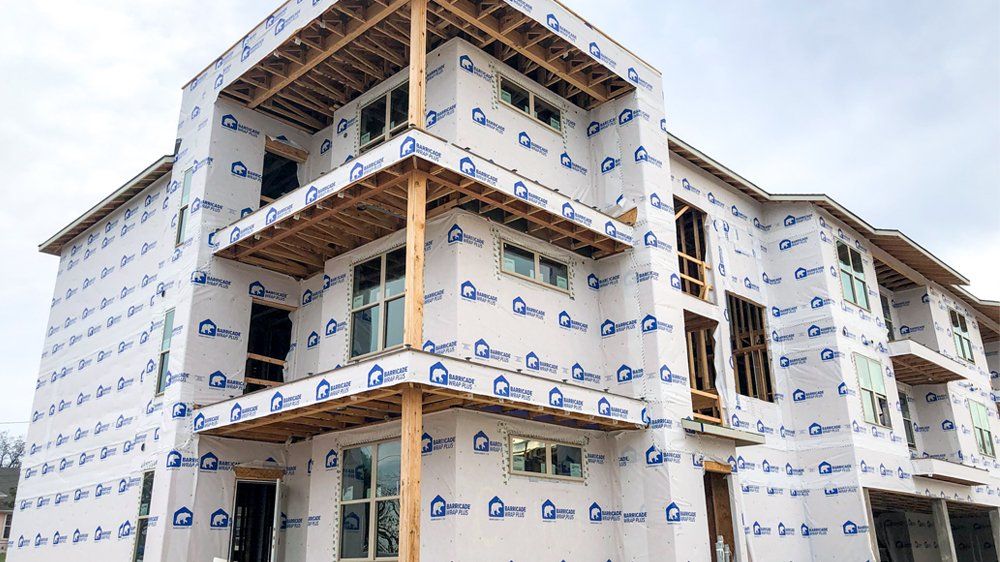
Barricade® Wrap Plus is a non-perforated, non-woven polyolefin product with a semi-permeable membrane. Its’ breathable and microporous membrane controls air and moisture infiltration while allowing moisture vapor to escape if it makes its way inside the wall assembly. Barricade® Wrap Plus resists rain (bulk water penetration).
- Barricade® Wrap Plus UV rating is 9 months versus the 6-month standard.
- Barricade® Wrap Plus is surfactant-resistant.
- Barricade® Wrap Plus is cold-resistant.
- Barricade® Wrap Plus is rain-resistant with a hold-out rate of 325mm.
- Barricade® Wrap Plus has a tensile strength (ASTM D-5034) of 59 lbs/inch MD, 51 lbs/inch CD, protecting it against wind damage, construction errors, etc.
- Barricade® Wrap Plus has 16 US Perms.
- Barricade® Wrap Plus is a semi-transparent house wrap, which allows a view of the studs and sheathing surface and straightforward application.
3. TyvekⓇ HomeWrapⓇ
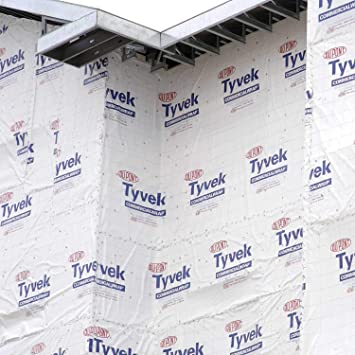
TyvekⓇ HomeWrapⓇ is a DupontTM product made of nonwoven, non-perforated polyethylene fibers fused together to create a tough, breathable web with tiny pores that resist water and air penetration. You can apply it to an open stud construction such as porch enclosures, which can save you material costs.
- TyvekⓇ HomeWrapⓇ is more susceptible to damage due to high winds and moisture.
- TyvekⓇ HomeWrapⓇ is only UV-resistant for up to 4 months.
- TyvekⓇ HomeWrapⓇ is not transparent, which makes application more difficult.
- TyvekⓇ HomeWrapⓇ is not surfactant-resistant.
- TyvekⓇ HomeWrapⓇ has a perm rating of 56, which is a great deal higher than what you want.
How To Choose The Best House Wrap
The highest performing house wrap strikes the perfect balance between vapor permeability and air and moisture resistance to prevent air and moisture infiltration while allowing evaporation to escape to keep your wall systems dry. It also needs to be strong enough to withstand damage during and after your siding installation.
When comparing three of the most popular house wrap options,
Barricade® Wrap Plus offers the highest UV-resistance, making it the ideal barrier beneath siding that requires space for expansion like vinyl, aluminum, and wood. It is also what you want to protect the exterior wall systems if they are left unclad for a long time.
If installing fiber cement, brick, or stone siding, the extra UV resistance you pay for is pointless because these products are installed tight to each other and are resistant to UV exposure by nature.
The
weather barrier product that offers the best protection, durability, and value overall is HardieWrap®. With its Microtechnology and engineering to stand up to either cold/wet or hot/humid climates, HardieWrap® offers the best performance, especially when applied behind James Hardie’s superior
fiber cement siding. For more information on the benefits of HardieWrap® for your siding installation, talk to us today.
At
Callaway Construction, we are proud to be the only James Hardie-approved
siding contractor in Sioux Falls and to be able to offer James Hardie products to our customers. Their warranty, quality, beauty, and lasting protection are unmatched.

